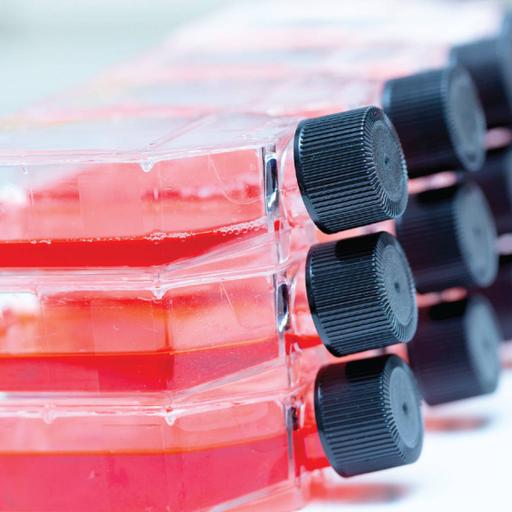Cell Culture
Presentations | English
Cell Culture is the procedure of maintaining, growing and multiplying a cell originated from an organism under artificially controlled circumstances in which the cell can formulate. Cells usually derived from multicellular animals are subjected to this classification of culture. In the nineteenth century, English physiologist Sidney Ringer developed a chloride solution of the components sodium, potassium, calcium, and magnesium, which could not be expelled from the body to activate the heart. In 1885, Wilhelm Rooks developed the theory of tissue culture by maintaining a portion of chicken extract alive for many days in a hot saline solution. Rose Granville Harrison, who worked at Johns Hopkins Medical School and later at Yale University, established the methods for processing tissue culture and published his experimental findings in 1907-1910. During the 1940s and 1950s, this cell culture earned significant strides in cytological research. This cell culture method was used to develop the distilled viruses needed for the creation of vaccines. The biggest vaccine produced using this method is the polio vaccine, generally known as polio. Cell vaccine study by John Franklin Andrews, Thomas Huckle Weller, Frederick Chapman Robbins has made it possible for the vaccine to grow the virus that causes psoriasis in the kidney cells of monkeys.

Free
PPTX (68 Slides)
Cell Culture
Presentations | English
